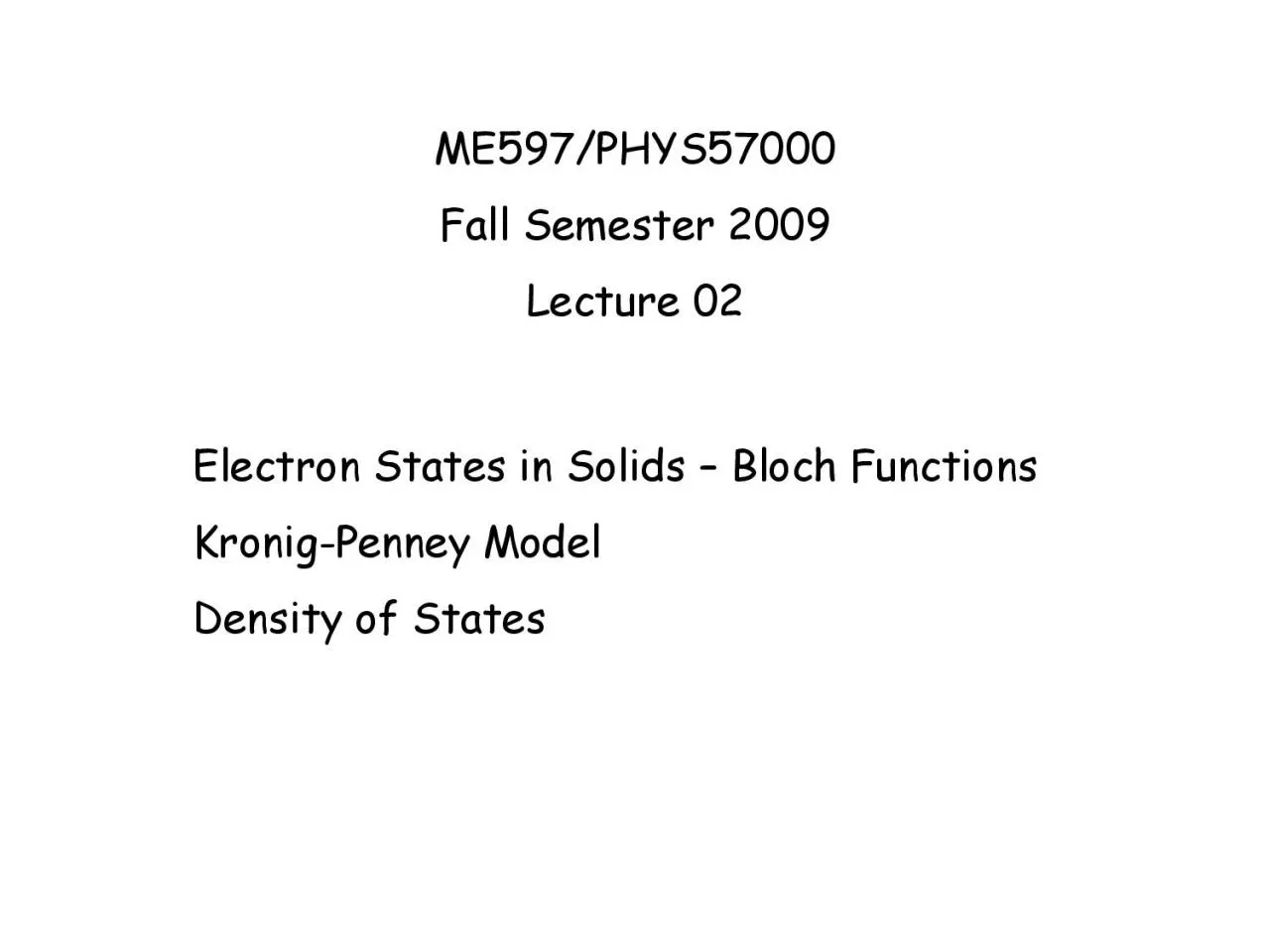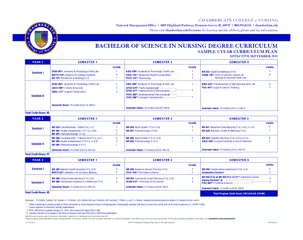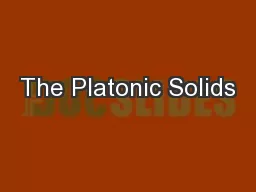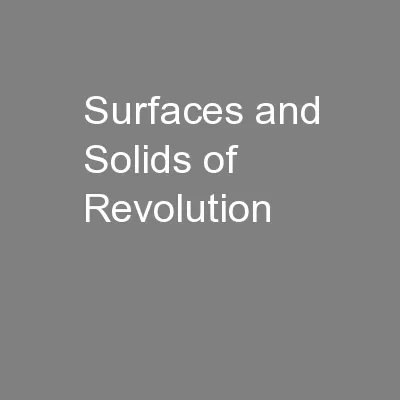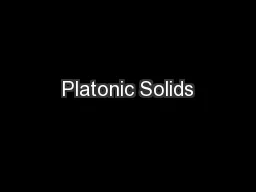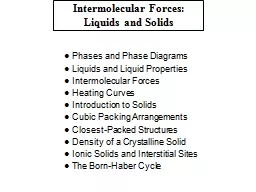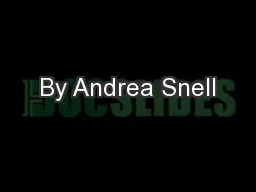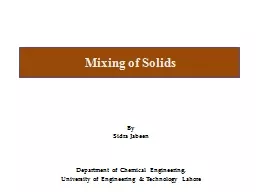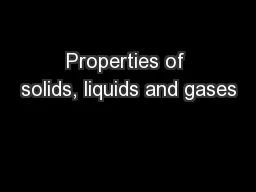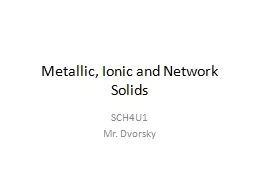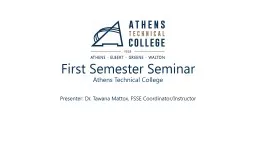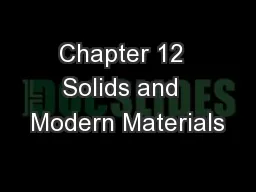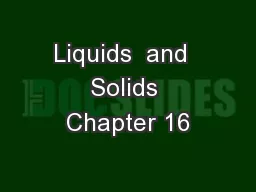PDF-ME597PHYS57000Fall Semester 2009Lecture 02Electron States in Solids B
Author : joy | Published Date : 2021-06-09
What happens when the electronion interaction is more realistically approximatedthe 1D KronigPenney Model baUo LNab Model A Note that UxUxab Ux The periodic delta
Presentation Embed Code
Download Presentation
Download Presentation The PPT/PDF document "ME597PHYS57000Fall Semester 2009Lecture ..." is the property of its rightful owner. Permission is granted to download and print the materials on this website for personal, non-commercial use only, and to display it on your personal computer provided you do not modify the materials and that you retain all copyright notices contained in the materials. By downloading content from our website, you accept the terms of this agreement.
ME597PHYS57000Fall Semester 2009Lecture 02Electron States in Solids B: Transcript
Download Rules Of Document
"ME597PHYS57000Fall Semester 2009Lecture 02Electron States in Solids B"The content belongs to its owner. You may download and print it for personal use, without modification, and keep all copyright notices. By downloading, you agree to these terms.
Related Documents

